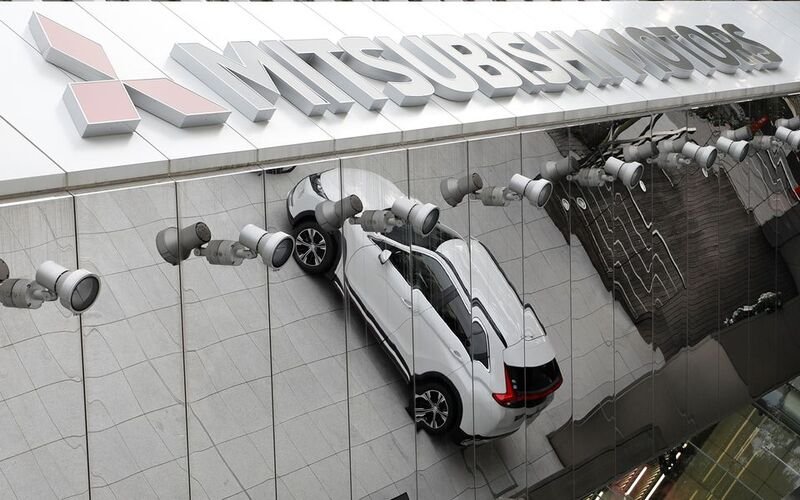Mitsubishi’s China JV cuts workers after SUV sales drop. Mitsubishi, the renowned automotive manufacturer, has announced plans to optimize the personnel structure of its China joint venture. This strategic move aims to enhance operational efficiency and streamline the workforce in alignment with evolving market dynamics. In this article, we will delve into the details of Mitsubishi’s initiative, explore the potential benefits, and analyze the broader context of the automotive industry in China.
Optimizing the Personnel Structure
Mitsubishi’s decision to optimize the personnel structure of its China joint venture reflects the company’s commitment to adapt to changing market conditions and improve overall performance. This initiative thoroughly evaluates the current workforce, identifies consolidation areas, and implements targeted measures to enhance efficiency and productivity. By aligning the personnel structure with market demands, Mitsubishi aims to position itself for sustainable growth and profitability.
Streamlining Operations for Efficiency
The optimization of the personnel structure in Mitsubishi’s China joint venture is expected to yield significant improvements in operational efficiency. The company can streamline operations and reduce overhead costs by eliminating redundancies and aligning workforce distribution according to key business functions. This streamlining effort enables a more agile and responsive organization to adapt quickly to market fluctuations and customer demands.
Enhancing Collaboration and Communication
An optimized personnel structure facilitates enhanced collaboration and communication within Mitsubishi’s China joint venture. The company can foster a culture of cooperation and knowledge sharing by creating cross-functional teams and improving information flow. This collaborative environment allows for streamlined decision-making processes, faster response times, and increased innovation. Ultimately, it enables Mitsubishi to leverage its workforce’s collective expertise and talent to drive business growth.
Adapting to Evolving Market Dynamics
The automotive industry in China is undergoing rapid transformation, driven by technological advancements and changing consumer preferences. Mitsubishi’s decision to optimize its personnel structure is a proactive response to these evolving market dynamics. By aligning the workforce with emerging trends such as electric vehicles, autonomous driving, and digitalization, Mitsubishi can position itself as a key player in China’s dynamic automotive market.
Improving Cost Efficiency and Competitiveness
Optimizing the personnel structure of Mitsubishi’s China joint venture directly contributes to improved cost efficiency and enhanced competitiveness. The company can eliminate redundancies and maximize resource allocation through careful evaluation and consolidation of roles. This cost optimization allows Mitsubishi to invest in strategic initiatives such as research and development, marketing, and customer service, strengthening its competitive position in the Chinese automotive market.
Conclusion
Mitsubishi’s decision to optimize the personnel structure of its China joint venture reflects the company’s commitment to adaptability and operational excellence. By streamlining operations, enhancing collaboration, and aligning the workforce with evolving market dynamics, Mitsubishi aims to enhance its efficiency, competitiveness, and profitability. This strategic move positions the company for long-term success in China’s ever-changing automotive industry. As Mitsubishi implements these measures, it reinforces its dedication to delivering innovative products and services to its customers while driving sustainable growth in the Chinese market.













































Comment Template